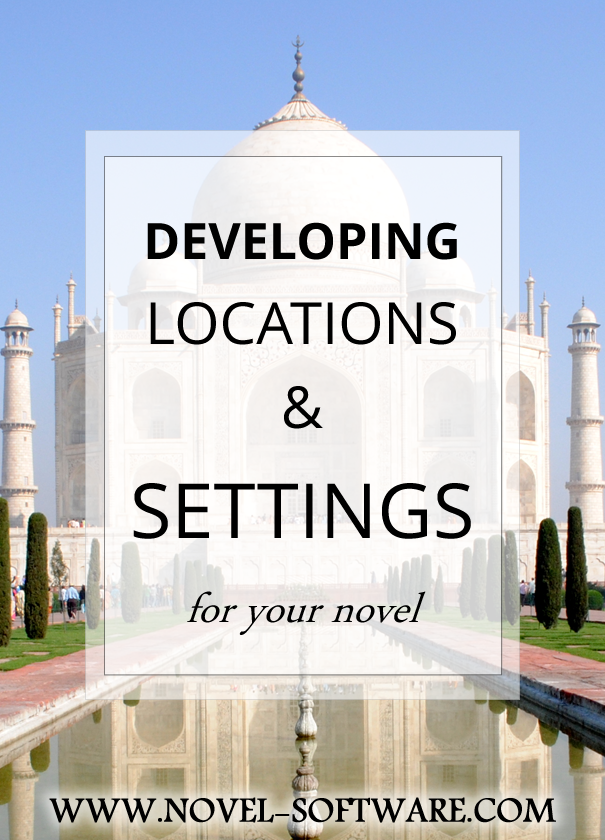
Developing locations and settings

Some authors prefer to describe the surroundings of their characters in broad brushstrokes and allow the reader’s imagination to fill in the rest. Others prefer to go into nauseating detail of every whiff, nook and cranny.
How much detail you go into is really up to your taste and style, but once thing’s for certain – it needs to be a conscious decision. Locations and settings are a major part of your writer’s toolkit, and you can use this tool to great effect to create tension and atmosphere, lay subtle clues and draw attention to themes, plot points and even character traits.
Also, even if you don’t tell everything to your readers, you need to know your characters surroundings in great detail, including how big each space is, what shape it is, where all the furniture and other knick knacks are placed and how it smells and feels.
If you aren’t aware of these things, then you risk falling prey to inconsistency, and if your reader has created an image in their mind that you then break – the suspension of disbelief comes crashing down and they are thrust out of the world you’ve so carefully created.
Some steps to developing settings and locations for your novel
Here is a suggested method for developing locations from rough outlines into exquisitely detailed settings complete with all the sensations and elegantly layered into your plot.
1. Start with just a name and brief description of the place, brainstorming and noting down anything that comes to mind. Be fast and loose, don’t feel constrained by anything. Let your imagination run wild.
2. When you have a bit more time, delve into a bit more detail about each location. Think about each of the sensations in turn: sights, sounds, smells, tastes and things your characters might be able to feel (with their hands, feet, cheeks, whatever), and try to list several things under each.
3. If it’s at all possible to visit the location itself (if it’s a real location) or somewhere that has some similar traits to the location, then this will enrich your description more than you can imagine. If that’s not possible, then try to find some images that capture what you have in mind and describe some of the detail you find in them.
4. When looking at the location in the story itself, make sure each one reflects and enhances whatever you’re trying to get across in the prose. Don’t just describe a park as a park. Make sure everything from the grass and trees and wind and sky are described in the aspect of your story, whether it’s lovers having a tiff, teenagers falling in love, money falling from the sky or battle on horseback.
5. If the location appears more than once, then think about how it changes. Describing it in a different way is a great way to show change and passing of time in your story and to reflect and complement your character’s development.
Hopefully that’s useful for helping you start developing your locations into great assets for your novel.
